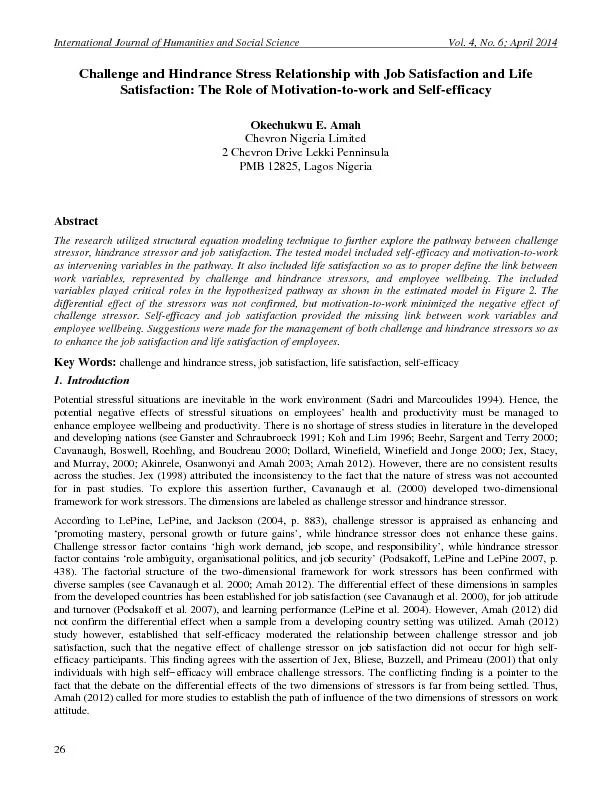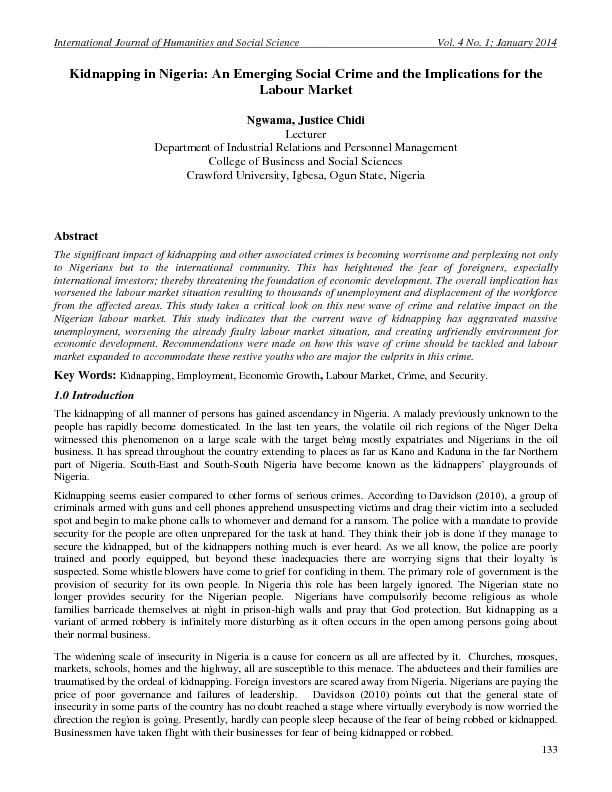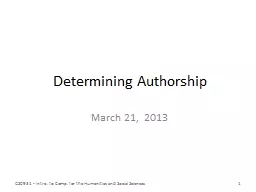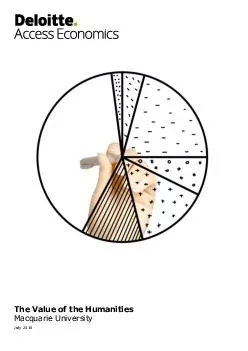PDF-International Journal of Humanities and Social Science
Author : briana-ranney | Published Date : 2016-06-23
98 Machismo The Role of Chicano Rap in the Construction of the Latino Identity Presented at WSCA Monterey CA 2011 Jonathan C Hernandez California State University
Presentation Embed Code
Download Presentation
Download Presentation The PPT/PDF document "International Journal of Humanities and ..." is the property of its rightful owner. Permission is granted to download and print the materials on this website for personal, non-commercial use only, and to display it on your personal computer provided you do not modify the materials and that you retain all copyright notices contained in the materials. By downloading content from our website, you accept the terms of this agreement.
International Journal of Humanities and Social Science: Transcript
Download Rules Of Document
"International Journal of Humanities and Social Science"The content belongs to its owner. You may download and print it for personal use, without modification, and keep all copyright notices. By downloading, you agree to these terms.
Related Documents














![[READ] - The Best Graduate Programs: Humanities and Social Sciences, 2nd Edition (BEST](https://thumbs.docslides.com/902482/read-the-best-graduate-programs-humanities-and-social-sciences-2nd-edition-best-graduate-programs-humanities-social-sciences.jpg)